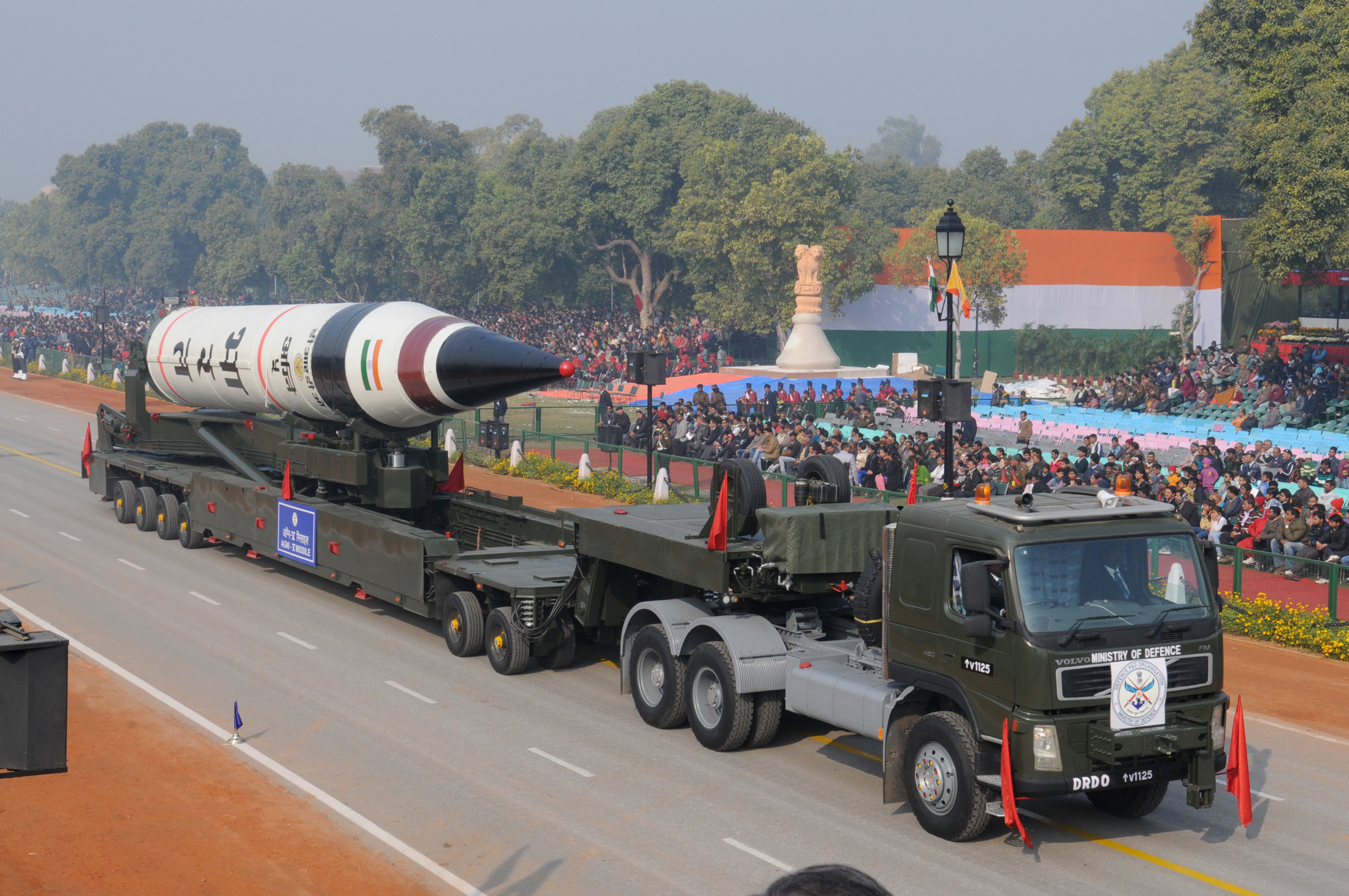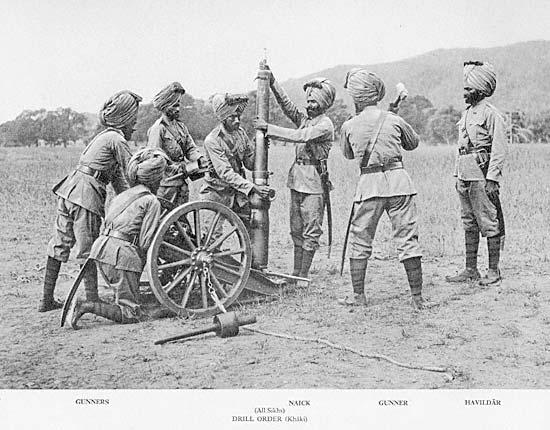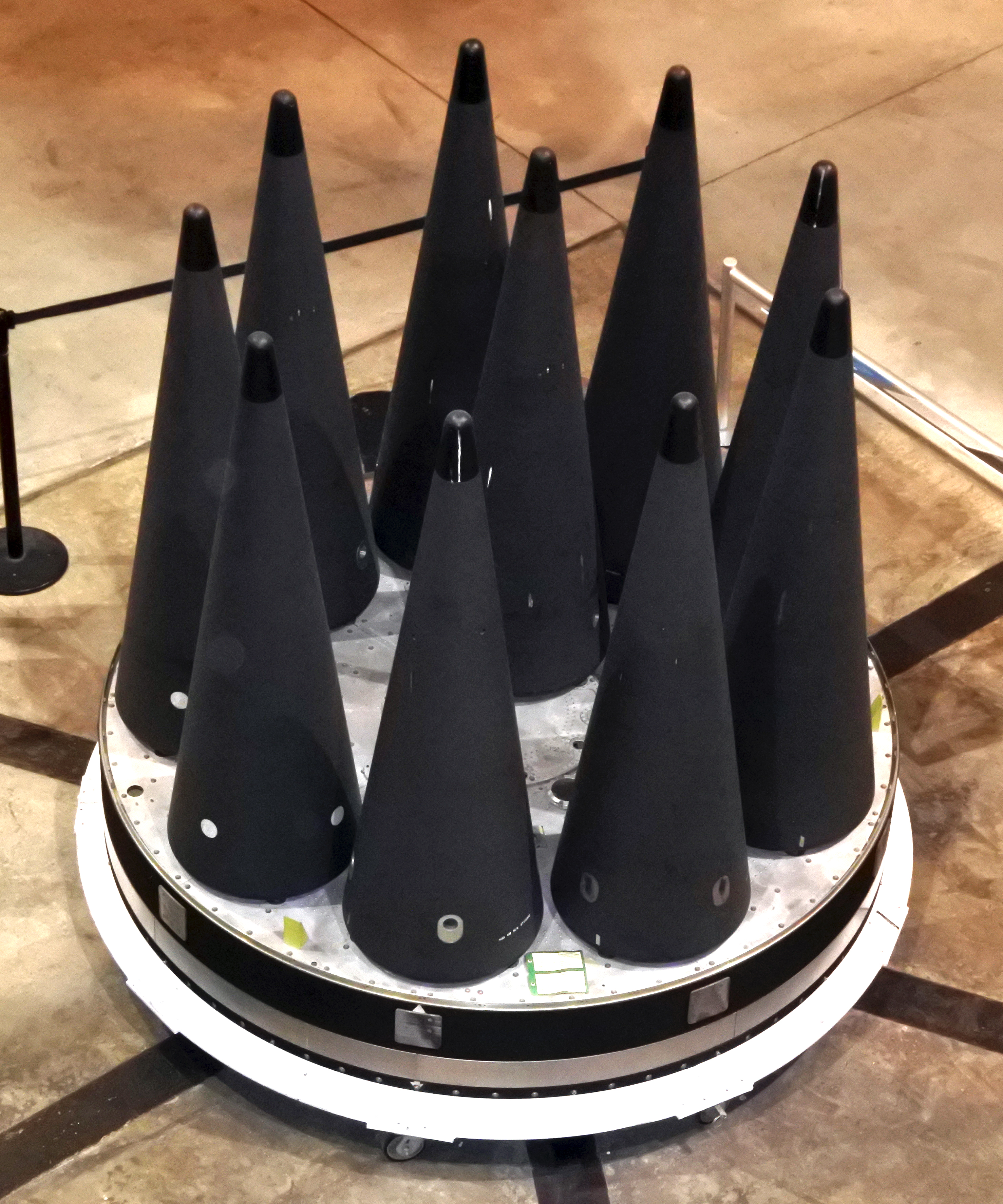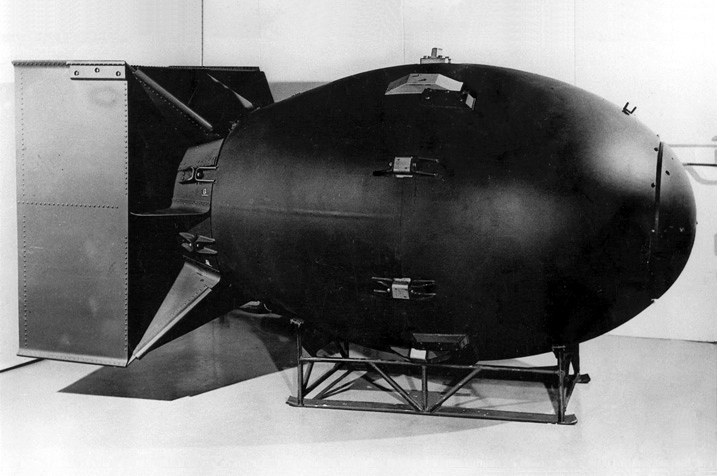|
Agni-VI
Agni-VI (IAST: Agni ''"Fire"'') is an MIRV-capable intercontinental ballistic missile under development by the Defence Research and Development Organisation (DRDO) for the Strategic Forces Command (SFC) of the Indian Armed Forces. Description Agni-VI will be a four-stage intercontinental ballistic missile, which is in the hardware development phase, after its design phase was completed. Agni-VI is expected to have Multiple independently targetable reentry vehicle as well as Maneuverable reentry vehicle (MaRV). And these maneuverable warheads will give Agni VI an extended range exact figure of which is currently classified. It will be taller than its predecessor Agni V, and was expected to be flight tested by 2017. The government of India is yet to approve the project, although DRDO has completed all calculations and started the engineering work. It is reported to be the latest and most advanced version among the Agni missiles. According to sources, Agni-VI missile is likel ... [...More Info...] [...Related Items...] OR: [Wikipedia] [Google] [Baidu] |
Agni (missile)
The Agni missile (अग्नि IAST: Agni ''"Fire"'') is a family of medium to intercontinental range ballistic missiles developed by India, named after one of the five elements of nature. Agni missiles are long range, nuclear weapons capable, surface to surface ballistic missiles. The first missile of the series, Agni-I was developed under the Integrated Guided Missile Development Program (lGMDP) and tested in 1989. After its success, Agni missile program was separated from the GMDP upon realizing its strategic importance. It was designated as a special program in India's defence budget and provided adequate funds for subsequent development. , the missiles in the Agni series are being inducted into service. The family comprises the following: Agni-I The two-stage Agni technology demonstrator, with a solid-fuel first stage, was first tested at the Interim Test Range in Chandipur in 1989. It was capable of carrying a conventional payload of 1,000 kg (2,200 lb) ... [...More Info...] [...Related Items...] OR: [Wikipedia] [Google] [Baidu] |
Strategic Forces Command
The Strategic Forces Command (SFC), sometimes called Strategic Nuclear Command, forms part of India's Nuclear Command Authority (NCA). It is responsible for the management and administration of the country's tactical and strategic nuclear weapons stockpile. It was created on 4 January 2003 by the Vajpayee Government. Air Marshal Teja Mohan Asthana became its first commander-in-chief. Responsibility It is the responsibility of the Strategic Forces Command to operationalize the directives of the NCA under the leadership of a Commander-in-Chief who is a three-star rank officer. It will have the sole responsibility of initiating the process of delivering nuclear weapons and warheads, after acquiring explicit approval from the NCA. The exact selection of the target area shall be decided by the SFC through a calibrated, cumulative process involving various levels of decision-making, and with formal approval by the NCA. The SFC manages and administers all strategic forces by exer ... [...More Info...] [...Related Items...] OR: [Wikipedia] [Google] [Baidu] |
India And Weapons Of Mass Destruction
India possesses nuclear weapons and previously developed chemical weapons. Although India has not released any official statements about the size of its nuclear arsenal, recent estimates suggest that India has 160 nuclear weapons and has produced enough weapons-grade plutonium for up to 200 nuclear weapons. In 1999, India was estimated to have of separated reactor-grade plutonium, with a total amount of of civilian plutonium, enough for approximately 1,000 nuclear weapons. India has conducted nuclear weapons tests in a pair of series namely ''Pokhran I'' and '' Pokhran II''. India is a member of three multilateral export control regimes — the Missile Technology Control Regime, Wassenaar Arrangement and Australia Group. It has signed and ratified the Biological Weapons Convention and the Chemical Weapons Convention. India is also a subscribing state to the Hague Code of Conduct. India has signed neither the Comprehensive Nuclear-Test-Ban Treaty nor the Nuclear Non-Pro ... [...More Info...] [...Related Items...] OR: [Wikipedia] [Google] [Baidu] |
Indian Armed Forces
The Indian Armed Forces are the military forces of the Republic of India. It consists of three professional uniformed services: the Indian Army, Indian Navy, and Indian Air Force.—— Additionally, the Indian Armed Forces are supported by the Central Armed Police Forces, Assam Rifles, Indian Coast Guard and Special Frontier Force and various inter-service commands and institutions such as the Strategic Forces Command, the Andaman and Nicobar Command and the Integrated Defence Staff. The President of India is the Supreme Commander of the Indian Armed Forces but the executive authority and responsibility for national security is vested in the Prime Minister of India and their chosen Cabinet Ministers. The Indian Armed Forces are under the management of the Ministry of Defence of the Government of India. With strength of over 1.4 million active personnel, it is the world's second-largest military force and has the world's largest volunteer army. It also has the thi ... [...More Info...] [...Related Items...] OR: [Wikipedia] [Google] [Baidu] |
Multiple Independently Targetable Reentry Vehicle
A multiple independently targetable reentry vehicle (MIRV) is an exoatmospheric ballistic missile payload containing several warheads, each capable of being aimed to hit a different target. The concept is almost invariably associated with intercontinental ballistic missiles carrying thermonuclear warheads, even if not strictly being limited to them. By contrast, a unitary warhead is a single warhead on a single missile. An intermediate case is the multiple reentry vehicle (MRV) missile which carries several warheads which are dispersed but not individually aimed. Only the United States, the United Kingdom, France, Russia, China and India are currently confirmed to have deployed MIRV missile systems. Pakistan is developing MIRV missile systems. Israel is suspected to possess or be in the process of developing MIRVs. The first true MIRV design was the Minuteman III, first successfully tested in 1968 and introduced into actual use in 1970. The Minuteman III held three small ... [...More Info...] [...Related Items...] OR: [Wikipedia] [Google] [Baidu] |
MIRV
A multiple independently targetable reentry vehicle (MIRV) is an exoatmospheric ballistic missile payload containing several warheads, each capable of being aimed to hit a different target. The concept is almost invariably associated with intercontinental ballistic missiles carrying thermonuclear warheads, even if not strictly being limited to them. By contrast, a unitary warhead is a single warhead on a single missile. An intermediate case is the multiple reentry vehicle (MRV) missile which carries several warheads which are dispersed but not individually aimed. Only the United States, the United Kingdom, France, Russia, China and India are currently confirmed to have deployed MIRV missile systems. Pakistan is developing MIRV missile systems. Israel is suspected to possess or be in the process of developing MIRVs. The first true MIRV design was the Minuteman III, first successfully tested in 1968 and introduced into actual use in 1970. The Minuteman III held three small ... [...More Info...] [...Related Items...] OR: [Wikipedia] [Google] [Baidu] |
Surya Missile
The Surya missile is a speculated intercontinental ballistic missile being developed by Defence research and development organization of India and its operational range is beyond 16,000 Km covering the entire earth History According to a 1995 report published in The Nonproliferation Review, Surya (meaning the Sun in Sanskrit and many Indian languages) is the codename for one of the Intercontinental ballistic missiles that India is reported to be developing, for which there is no formal statement from India.Surya ICBM Retrieved 14 June 2007. The is believed to have begun the project in 1994. This report has not been confirmed by any other sources until 2010. According to the report, the ... [...More Info...] [...Related Items...] OR: [Wikipedia] [Google] [Baidu] |
Intercontinental Ballistic Missile
An intercontinental ballistic missile (ICBM) is a ballistic missile with a range greater than , primarily designed for nuclear weapons delivery (delivering one or more thermonuclear warheads). Conventional, chemical, and biological weapons can also be delivered with varying effectiveness, but have never been deployed on ICBMs. Most modern designs support multiple independently targetable reentry vehicles (MIRVs), allowing a single missile to carry several warheads, each of which can strike a different target. Russia, the United States, China, France, India, the United Kingdom, and North Korea are the only countries known to have operational ICBMs. Early ICBMs had limited precision, which made them suitable for use only against the largest targets, such as cities. They were seen as a "safe" basing option, one that would keep the deterrent force close to home where it would be difficult to attack. Attacks against military targets (especially hardened ones) still demanded th ... [...More Info...] [...Related Items...] OR: [Wikipedia] [Google] [Baidu] |
ICBM
An intercontinental ballistic missile (ICBM) is a ballistic missile with a range greater than , primarily designed for nuclear weapons delivery (delivering one or more thermonuclear warheads). Conventional, chemical, and biological weapons can also be delivered with varying effectiveness, but have never been deployed on ICBMs. Most modern designs support multiple independently targetable reentry vehicles (MIRVs), allowing a single missile to carry several warheads, each of which can strike a different target. Russia, the United States, China, France, India, the United Kingdom, and North Korea are the only countries known to have operational ICBMs. Early ICBMs had limited precision, which made them suitable for use only against the largest targets, such as cities. They were seen as a "safe" basing option, one that would keep the deterrent force close to home where it would be difficult to attack. Attacks against military targets (especially hardened ones) still demanded th ... [...More Info...] [...Related Items...] OR: [Wikipedia] [Google] [Baidu] |
Strategic Nuclear Weapon
A strategic nuclear weapon (SNW) refers to a nuclear weapon that is designed to be used on targets often in settled territory far from the battlefield as part of a strategic plan, such as military bases, military command centers, arms industries, transportation, economic, and energy infrastructure, and heavily populated areas such as cities and towns, which often contain such targets. It is in contrast to a tactical nuclear weapon, which is designed for use in battle as part of an attack with and often near friendly conventional forces, possibly on contested friendly territory. Premise Strategic nuclear weapons generally have significantly larger yields, and typically starting from 100 kilotons up to destructive yields in the low megaton range for use especially in the enemy nations interior far from friendly forces to maximize damage, especially to buried hard targets, like a missile silo or wide area targets like a large bomber or naval base. However, yields can overlap, and ... [...More Info...] [...Related Items...] OR: [Wikipedia] [Google] [Baidu] |
The Pioneer (Indian Newspaper)
''The Pioneer'' is an English-language daily newspaper in India. It is published from multiple locations in India, including Delhi. It is the second oldest English-language newspaper in India still in circulation after ''The Times of India''. In 2010, The Pioneer launched its Hindi version in Lucknow. Author Rudyard Kipling (1865-1936), in his early 20s, worked at the newspaper office in Allahabad as an assistant editor from November 1887 to March 1889. In July 1933, ''The Pioneer'' was sold to a syndicate and moved from Allahabad to Lucknow, Uttar Pradesh, at which time the ''Pioneer Mail and India Weekly News'' ceased publication. The newspaper remained a primarily Lucknow-based paper until 1990, when it was purchased by the Thapar Group, under L. M. Thapar, who made it a national newspaper, published from Delhi, Lucknow, Bhubaneswar, Kochi, Bhopal, Chandigarh, Dehradun and Ranchi. Thapar sold the paper to its editor Chandan Mitra in 1998. At that time it had 484 employees. M ... [...More Info...] [...Related Items...] OR: [Wikipedia] [Google] [Baidu] |
Agni I
Agni-I (Agni ''"Fire"'') is a medium-range ballistic missile that was developed by DRDO of India in the Integrated Guided Missile Development Program. It is a single-stage missile that was developed after the Kargil War to fill the gap between the range of the Prithvi-II missile and the range of the Agni-II. It was first launched from a road mobile launcher at Integrated Test Range (ITR), Wheeler Island, on 25 January 2002. Less than 75 launchers are deployed. History and development Agni-I was first tested at the Interim Test Range in Chandipur at 7:17AM on 22 May 1989, and is capable of carrying a conventional payload of 1,000 kg (2,200 lb) or a nuclear warhead. Agni missiles consist of one (short range) or two stages (intermediate range). These are rail and road mobile and powered by solid propellants. The Agni I has a range of 700–1,200 km. They are claimed to be a part of the "Minimum credible deterrence". Agni-I is a single stage, solid fuel, road and ... [...More Info...] [...Related Items...] OR: [Wikipedia] [Google] [Baidu] |








